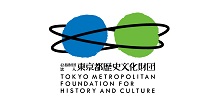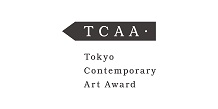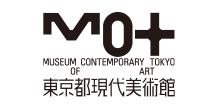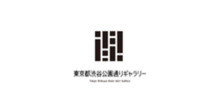INOUE Takuya
- TOP >
- Residency Program >
- Sent Creators >
- INOUE Takuya
Exchange Residency Program
(Japan-based Creators sent abroad)
update: 2025.3.26
INOUE Takuya
| Participating Project | Exchange Residency Program (Japan-based Creators sent abroad) |
|---|---|
| Activity Base | Fukushima |
| City / Place stayed | Montreal, Quebec / Centre Clark |
| Period | 2025.4 - 2025.7 |
Purpose of the residency
The purpose of my stay is to observe the diversity of people in Canada’s multicultural society. Canada is a place where immigrants from all over the world coexist, creating an environment where diverse cultures and values intersect. This contrasts with Japan, which has a high degree of homogeneity. The relationship between the Indigenous peoples and the European settlers who arrived in the 17th century remains complex and continues to evolve. In this context, Indigenous filmmaker Alanis Obomsawin has engaged in an ongoing dialogue with history through her films, a pursuit that I find particularly compelling. Through this stay, I hope to gain insights into the perspectives of diverse people and reflect on the universality of humanity.
Plan during the residency
- Through my stay in Quebec, I aim to deepen my understanding of its history, contemporary society, and people.
- In particular, I will engage in dialogue with diverse local people through my art project.
- The theme of my project is "human universality," and as a symbol of this concept, I will focus on "skin color." Skin color varies among individuals and has historically, as well as in the present day, played a role in shaping divisions and social relationships.
- I will ask the people I meet to mix their own unique "skin color" as paint, which I will then use to create my artwork.
- Through this project, I aim to observe and express both the diversity and universality of humanity.
Activities during the residency
Taking into account the cultural differences between socially homogeneous Japan and culturally diverse Canada, I conducted research on the theme of “human universality.” In the project, I asked participants to mix a color that represents their image of skin color and collected those colors in glass bottles, which I then used in my paintings. Through this process, I engaged in dialogue with people from various backgrounds and received their perspectives along with the colors. I reinterpreted painting—once constructed solely from my own point of view—as a medium interwoven with relationships with others, and observed how diversity takes shape in this place.
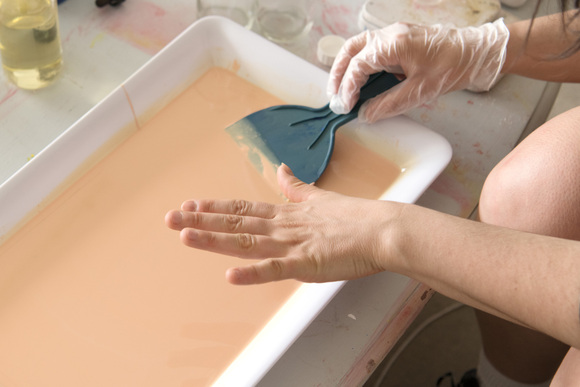
Project ”ABC”
2025 Montreal
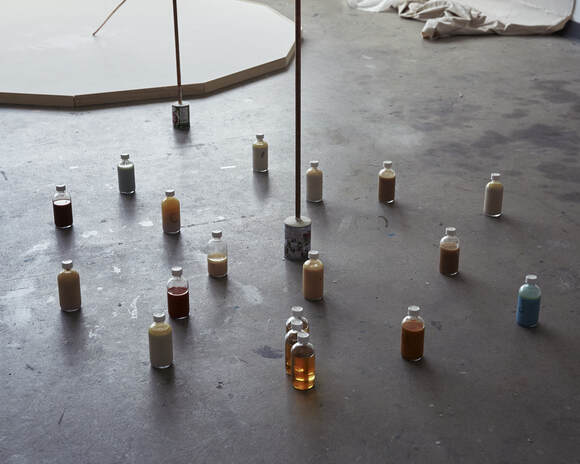
Project ”ABC”
2025 Montreal
Photo: Alexis Bernard
Outcome of the residency
By placing myself in Montreal's multicultural society—so different from Japan's socially homogeneous structure—I had the opportunity to encounter people from diverse backgrounds and to deeply reconsider my own roots as a Japanese person. The concept of “universality” has long been central to my artistic practice, and I came to recognize that it is rooted in the ancient Japanese philosophy of “banbutsu no chōwa” (universal harmony). However, I also became aware that this philosophy, over the course of history, has transformed into a foundation of “sameness” and “homogeneity” within Japanese society. In contrast, in Canada, such values can be perceived as a form of exclusion of difference. This realization led me to see how the Japan-rooted values of “normality” and “relatability,” grounded in homogeneity, can create structural dissonance when engaging with other cultures. It became a catalyst for me to question how I might rethink my own perspective.
In my project "ABC", participants were invited to mix paint based on their idea of “skin color,” and through this process, we engaged in dialogue about their cultural roots and personal perspectives. As I listened to their various viewpoints, I also became more acutely aware that I, too, appear as an “other” with a different background from their point of view. Asking myself, “Who am I?” and “Why do I think this way?”—and putting those questions into words—became the starting point for genuine dialogue with people of different backgrounds.
One of the most important realizations that emerged from this process was that when one's perspective becomes too one-sided, it can carry a form of violence by excluding others. Especially in painting, I began to see that an image shaped solely by my own subjectivity—framed within a rectangle—could unintentionally exclude what lies outside that view. Through this research and project, I came to redefine painting as a medium that can weave relationships with others. The works created with the colors and perspectives offered by participants prompted a paradoxical question: not “what I see,” but “what I do not see”—a shift that fundamentally changed my approach to painting.
This perspective extends beyond the realm of painting to how I perceive the world itself. With the awareness that there is always more I do not see than I do, I aim to continue this project in different parts of the world, engaging with difference through ongoing dialogue with others.
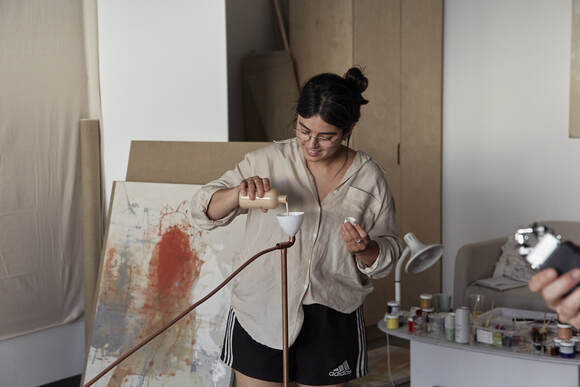
Project ”ABC”
2025 Montreal
Photo: Alexis Bernard
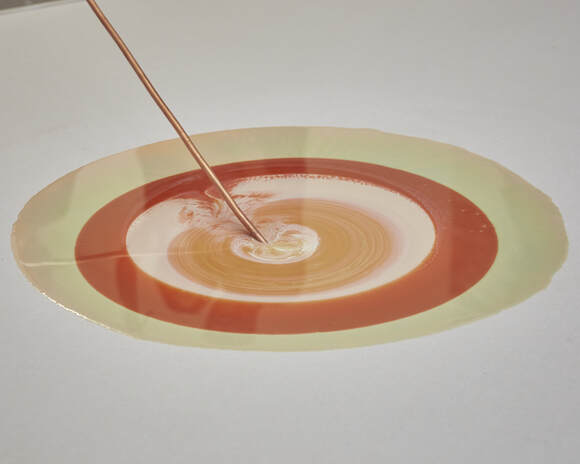
Project ”ABC”
2025 Montreal
Photo: Alexis Bernard
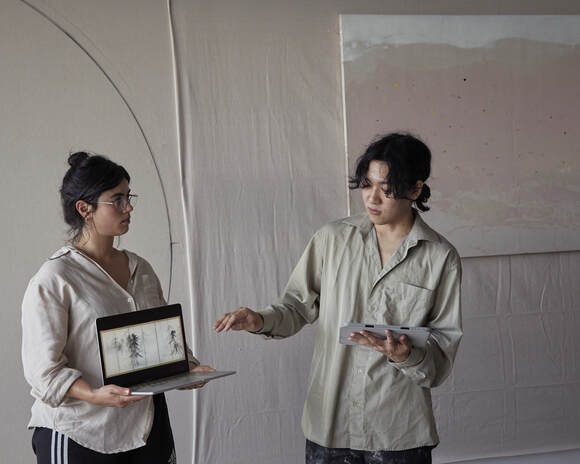
Artist Talk
Photo: Alexis Bernard
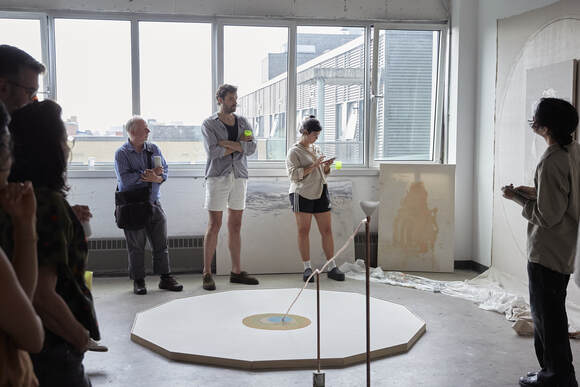
Artist Talk
Photo: Alexis Bernard




